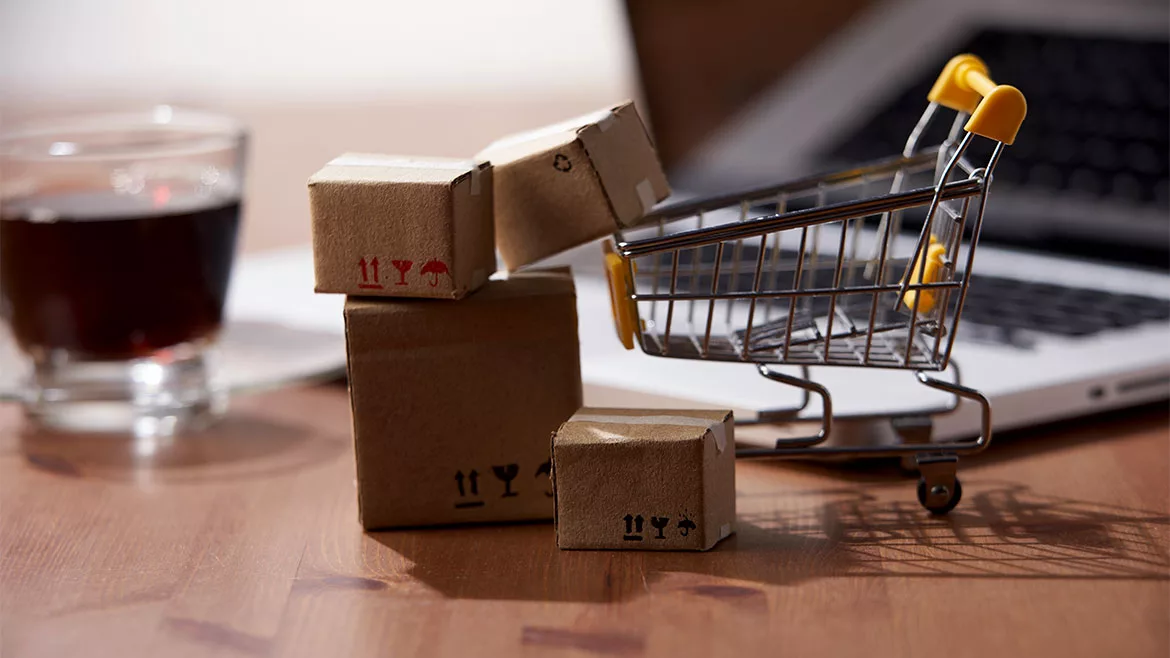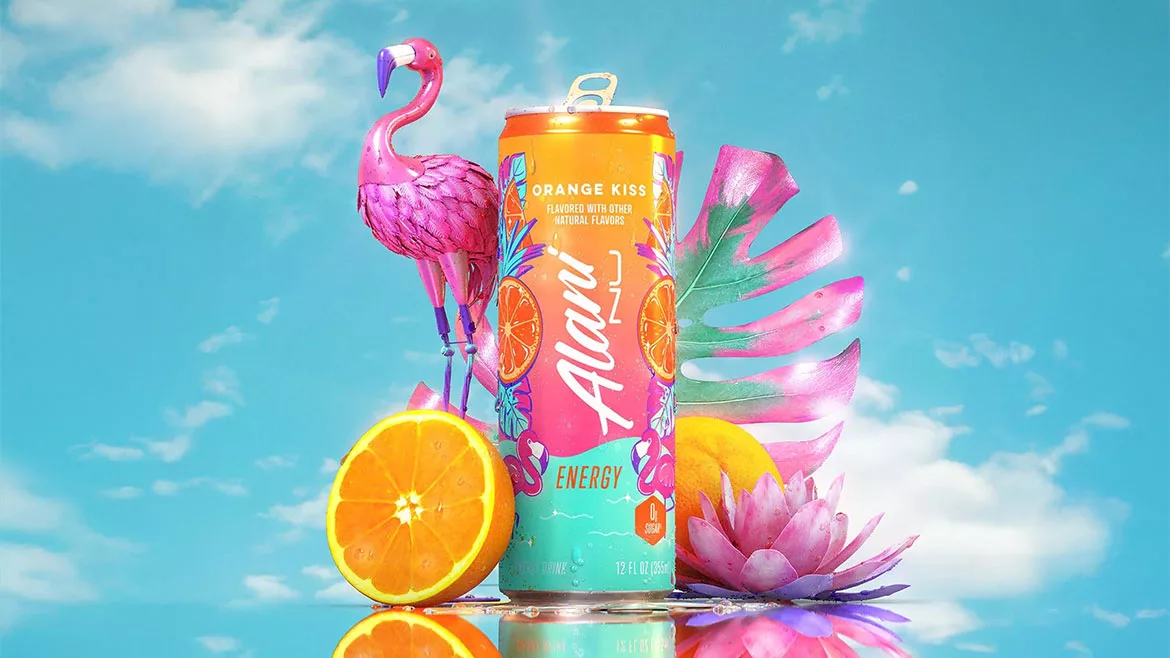Direct-to-consumer helps foster personal connections with brands
Consumers look to DTC platforms for convenience, competitive pricing

Photo by new look casting/iStock / Getty Images Plus via Getty Images
British politician and broadcaster Jacob William Rees-Mogg, who served as Member of Parliament (MP) for North East Somerset from 2010 to 2024, is quoted for having said: “Supermarkets have contributed as much to increasing the standard of living in the United Kingdom as almost any government policy. They bring a level of convenience and quality that was unknown to previous generations at a highly competitive price because of their buying power.”
Aside from the supermarket channel, consumers increasingly are turning to direct-to-consumer (DTC) shopping for convenience and competitive prices, experts note.
Jack O’Leary, director of eCommerce strategic insights for NIQ, Chicago, says that the convenience of digital is the primary driver for DTC shopping.
“Being able to build a full consumables basket from the comfort of home, work, or on-the-go and have it delivered to their home or made ready for a scheduled pickup is an appealing proposition to most shoppers,” O’Leary says. “Digital influence on consumables shopping is also making its way into the store as well.
“Our data indicates that 45.8% of shoppers are using a retailer’s mobile app while in-store,” he continues. “Shopping lists, coupon codes, price comparisons, and loyalty card benefits are all also being accessed digitally in-store by a growing cohort of shoppers.”
Zac Brandenberg, co-founder and CEO of DRINKS, Los Angeles, notes that U.S. consumers increasingly expect the same speed, transparency and ease online that they get from other categories.
“With adult beverages, specialized platforms have emerged to handle complex federal-, state- and local-level regulations behind the scenes — so that adults can browse, buy and receive their favorite drinks in just a few clicks,” he says. “This seamless experience, combined with the rising cohort of shoppers who’ve grown up purchasing everything digitally, is fueling rapid adoption of technology in consumable shopping.
“An AI-first, ‘Drinks as a Service’ platform tears down barriers so merchants can embed compliant ordering across any touchpoint, while shoppers enjoy the same on-demand convenience they’ve grown accustomed to elsewhere,” he continues. “DTC is outpacing all other channels for alcohol spend, with increasing growth in the market (as a percentage, it has more than doubled since 2019).”
Numerous possibilities
As opportunity abounds for omnichannel shopping, experts highlight the potential DTC brands have to grab more market share within the eCommerce network.
In Mintel’s executive summary report titled “Direct-to-Consumer Retailing – US – 2024,” Vince DiGirolamo, director of North America reports for Mintel, Chicago, notes that DTC brands offer affordability and uniqueness to shoppers; however, he states that, as omnichannel behaviors become more the norm, “DTC brands must evolve to meet consumers where they are.”
Highlighting consumer trends, the Mintel report lists the following as key takeaways:
- In-store experience: 90% of those who have recently shopped DTC brands have shopped in-store, with 26% exclusively making in-store purchases. Consumers reaffirm their desire for DTC brands to have an in-store presence.
- Storytelling brand values: 46% agree they feel a stronger personal connection to DTC brands than to traditional retailers. DTC brands’ ability to tell a story that resonates with consumers serves as a point of differentiation from traditional retail.
- Discovery through social media: 39% have discovered DTC brands on social media and 25% of DTC brand purchasers have shopped directly from social media. Social media content can create a connection with consumers while integrating shoppable posts.
The report also notes that DTC brands are achieving a high satisfaction rate among users.
“Importantly, there’s a significant opportunity for DTC brands to grow its consumer base with more than a quarter of adults who aren’t users but open to it,” it states. “Specifically, building connections with women using the power of community and positive reviews should be explored.”
NIQ’s O’Leary believes DTC brands have a major opportunity to grab market share.
“Shoppers are often seeking attributes and ingredients online, versus a specific brand. This gives DTC brands, which often have lower brand equity but precise attribute messaging, a major right to win these online trips,” he explains. “Sixty percent of U.S. consumers say they’re buying more brands, across more categories than ever before. They are highly willing to trial DTC brands today.”
DRINKS’ Brandenberg, meanwhile, considers the opportunity for beverage alcohol brands to be “massive.”
“First, the alcohol industry is so technically under-enabled that only a small percentage of existing consumer demand for a digital shopping experience is being met today. While some may think of digital/DTC as a cannibalization of existing sales channels, that’s fallacy,” he explains. “The industry has simply failed to meet consumers where they are in the same way that so many other products and services have, and that’s the base premise before one looks at the nature of the three-tier system in beverage alcohol and the critical market expansion opportunity DTC provides to smaller brands without nationwide distribution.
“Second, and of even greater impact, is the opportunity that fourth tier commerce represents,” Brandenburg continues. “DRINKS, via its Anywhere product, enables brands, retailers and marketplaces that historically have been disconnected from the alcohol ecosystem to safely and compliantly merchandise bev alc seamlessly with their other products. This provides for expanded reach, growing the whole pie versus thinking of ‘DTC’ as simply channel shifting amongst a static base of consumers.”
Looking toward a bright future
As an increasing number of brands are investing in DTC platforms, experts highlight the benefits these platforms have to offer.
NIQ’s O’Leary notes that one main advantage is the relationship between the brand and the shopper.
“The brand controls the messaging, fulfillment process, packaging, price point, and shopping UX with a DTC setup,” he says. ”This can be taxing and challenging for a brand, as many of these areas are difficult capabilities to master and traditionally handled by the retailer. But done successfully a brand can gain full control and by extension of that, full access to valuable granular shopper data.”
DRINKS’ Brandenberg also notes the advantages DTC brings to the brand/consumer relationship.
“Brands gain direct ownership of the customer relationship, real-time insights into purchase behaviors and the ability to act on feedback immediately — capabilities that are impossible through traditional retail and certainly the existing three-tier distribution framework for beverage alcohol,” he says. “This unlocks opportunities to personalize offers, optimize pricing and margins, and launch targeted campaigns that drive loyalty, as well as better discover winners and losers with limited risk. On top of that, brands can collapse the funnel from discovery to delivery in minutes, rather than waiting on retailer shelf cycles.”
As far as which demographics are most comfortable utilizing DTC platforms, Brandenberg notes that early adopters are predominantly digital natives, those who came of age shopping online.
“But the highest-volume purchasers today tend to be consumers in their mid-thirties to mid-fifties, who historically spend more per order,” he says. “Over time, as younger cohorts reach legal drinking age with an innate preference for digital engagement, the demographic mix will shift more heavily toward Gen Z and millennials on these platforms.”
NIQ’s O’Leary explains that younger generations index higher for online shopping in general and by extension of this, DTC shopping.
“Millennials see 32% of dollars spent on consumables going to online channels, 3% higher than the next closest generation,” he says.
When it comes to which beverage categories hold the most promise with DTC futures, O’Leary points to brands that exhibit the attributes that consumers are most interested in today.
“Wellness is a big area of focus,” he says. “According to our data, digestive health, immune health, brain health, and performance support are priorities for consumers.
DRINKS’ Brandenburg says that all segments stand to gain, but notes that some are already farther along.
“Wineries and non-alcoholic beverage producers benefit from relatively straightforward compliance pathways and have led early DTC growth,” he explains. “Craft and mainstream spirits face more complex regulations, but as digital shipping frameworks mature, spirits are emerging as the next major expansion frontier. As a format, RTDs remain one to watch, and as a new category, anything hemp-derived (pending changing regulations) should be on the radar.
“Overall, any brand that can navigate three-tier rules with a seamless online experience will be well-positioned for the coming wave of digital-first consumers,” Brandenberg concludes.
Looking for a reprint of this article?
From high-res PDFs to custom plaques, order your copy today!







